


HERNAN CORTES 1485 -
xxxxxHernan Cortes, the Spanish conquistador, took part in the conquest of Cuba and then, in 1519 led a force of 600 men to Mexico. Having made a settlement at today's Veracruz, he marched inland and in November 1519 -
Including:
Gaspar Spontini

xxxxxIt was the Spanish conquistador 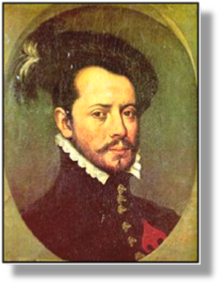 Hernan Cortes (known as Fernando Cortes in his day) who overthrew the Aztec empire during a three-
Hernan Cortes (known as Fernando Cortes in his day) who overthrew the Aztec empire during a three-
xxxxxIn search of adventure and fortune, the young Cortes sailed to Hispaniola (Santo Domingo) in 1504, and later took part in the conquest of Cuba. In 1518 he persuaded the leader of the expedition, Diego Velazquez, by then Governor of the island, to give him command of an expedition to Mexico. With a small force of some 600 men, sixteen horses and a few pieces of artillery, he set sail in eleven ships in February 1519. Arriving off the coast of Yucatan, he took over the town of Tobasco and then established his own settlement, La Villa Rica de la Vera Cruz (Veracruz) further along the coast.
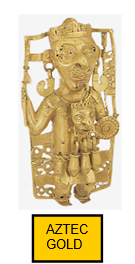
xxxxxHere he was met by Aztec ambassadors, bearing precious gifts and beseeching him not to visit their king. But for Cortes there was to be no turning back. He burnt his boats, literally, and began the march inland. In November 1519 his small party, enlarged by some 1,000 natives who were hostile towards the Aztecs, reached the capital of Tenochtitlan. The appearance of the Spaniards, together with their 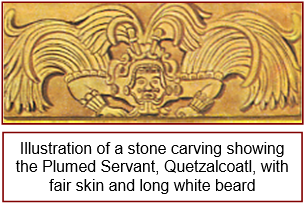 horses, arms and equipment filled the Aztecs with awe. They thought that Cortes was their legendary god Quetzalcoatl (often depicted as a man with a beard) whose return they were expecting that year (the Year of the One Reed). The Aztec emperor Montezuma II welcomed him with much pomp and deference, but Cortes, fearing his own "divinity" might wear thin with time, held him as a hostage, made him swear allegiance to the king of Spain, and demanded a large ransom of gold and jewels.
horses, arms and equipment filled the Aztecs with awe. They thought that Cortes was their legendary god Quetzalcoatl (often depicted as a man with a beard) whose return they were expecting that year (the Year of the One Reed). The Aztec emperor Montezuma II welcomed him with much pomp and deference, but Cortes, fearing his own "divinity" might wear thin with time, held him as a hostage, made him swear allegiance to the king of Spain, and demanded a large ransom of gold and jewels.
xxxxxWithin a few months Cortes' fears 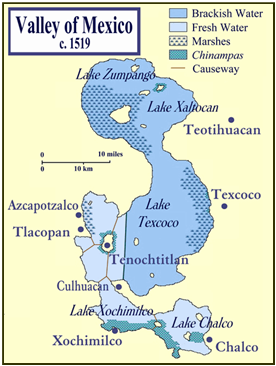 were justified. While he was away dealing with a rival Spanish force, the Aztecs, following the massacre of their leading chiefs during a religious festival, rose up against their intruders. Montezuma, attempting to calm the situation, so the story goes, was stoned by his own people and later died of his injuries. On his return, Cortes and his men were expelled from the city in June 1520 and, although pursued, managed to reach Tlaxcala. Here Cortes re-
were justified. While he was away dealing with a rival Spanish force, the Aztecs, following the massacre of their leading chiefs during a religious festival, rose up against their intruders. Montezuma, attempting to calm the situation, so the story goes, was stoned by his own people and later died of his injuries. On his return, Cortes and his men were expelled from the city in June 1520 and, although pursued, managed to reach Tlaxcala. Here Cortes re-
xxxxxThe overthrow of the vast Aztec empire by so small an invasion force is not always easy to understand. Their weapons, of course, were far superior and at first the natives were terrified at the sight of a horse. This, together with the Aztecs' genuine belief that Cortes was indeed fulfilling a part of their 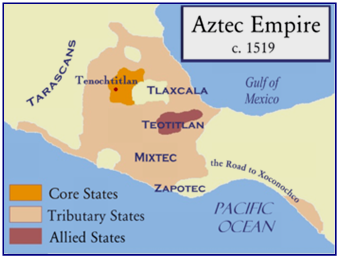 deeply-
deeply-
xxxxxBy now, however, his personal rule and ambition were again giving rise to concern back home at the Spanish Court. He had thrown off Cuban authority on arriving in Mexico in 1519, and there was now fear that he might throw off Spanish rule and take over the country himself. In 1525, therefore, he was stripped of his offices and ordered home. Eventually, by making a direct plea to the king, he regained his military control in Mexico and was created Marques del Valle, but he was never really trusted again. He later sent out expeditions to explore Guatemala and the Gulf of California, but after 1541, when he took part in an unsuccessful expedition to Algiers, he returned to Spain and spent the rest of his life in retirement just outside Seville.
xxxxxIncidentally, when Cortes arrived in Mexico he was presented with a group of female slaves. One of them, whom he named Dona Marina, became his mistress, and, as his guide and interpreter, she proved of enormous help to him during his conquest of the country. ……
xxxxx....... In 1520, when the conquistadors were expelled from Tenochtitlan and forced to take flight, many men were killed and most of the treasure they had accumulated was lost. The night of their departure on June 30th came to be known as noche triste (the night of sadness).
xxxxxFrom 1535 to 1821 -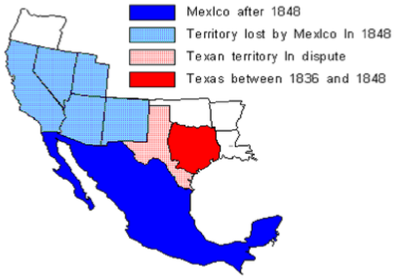 the year Mexico gained its independence -
the year Mexico gained its independence -
xxxxxCortes’ overthrow of the  Aztecs was the subject of the opera The Conquest of Mexico (or Fernando Cortez) by the Italian composer and conductor Gaspar Spontini (1774-
Aztecs was the subject of the opera The Conquest of Mexico (or Fernando Cortez) by the Italian composer and conductor Gaspar Spontini (1774-



Acknowledgements
Cortes: colour lithograph, date and artist unknown – private collection. Map (Mexico): licensed under Creative Commons. Author: Madman2001 – http://en.wikipedia/wiki/Valley+of+Mexico. Map (Central America): licensed under Creative Commons. Author: Madman 2001 – en.wikipedia.org. Map (Mexico): licensed under Creative Commons – http://resourcesforhistoryteachers. wikispaces.com.
H8-